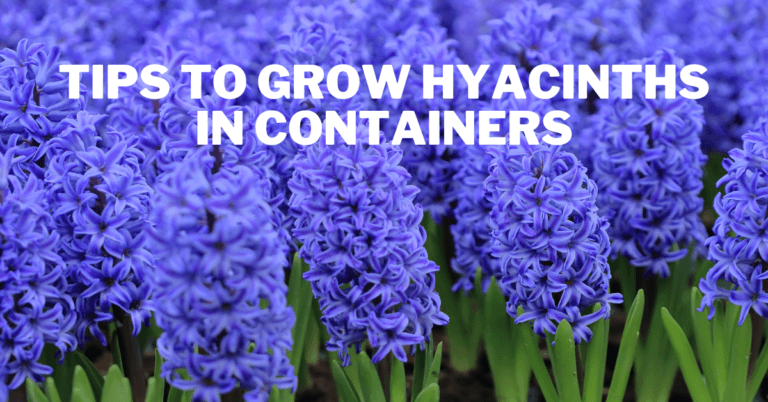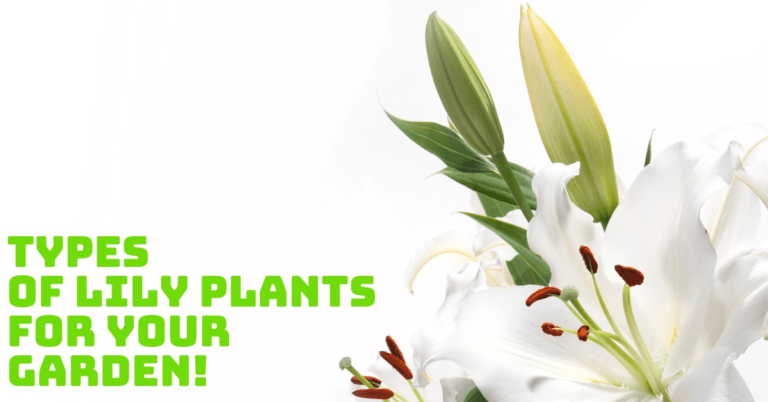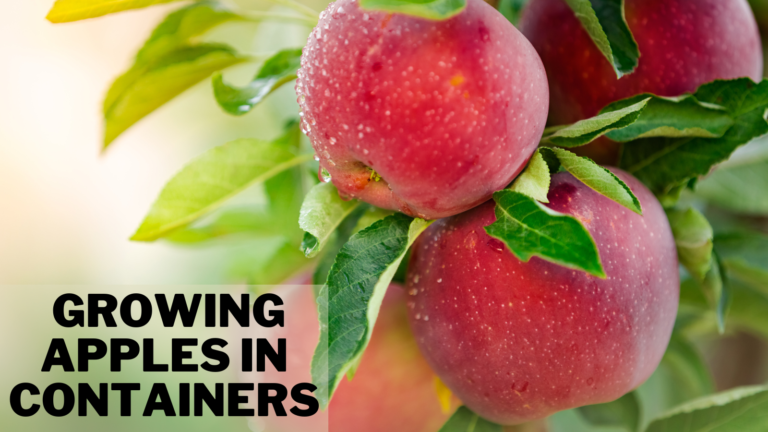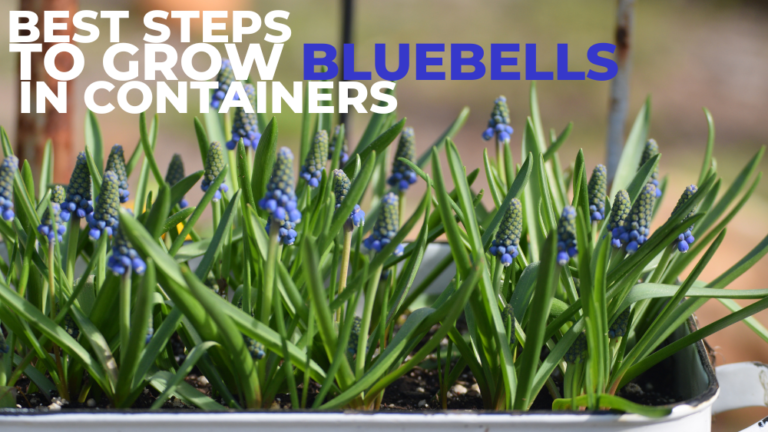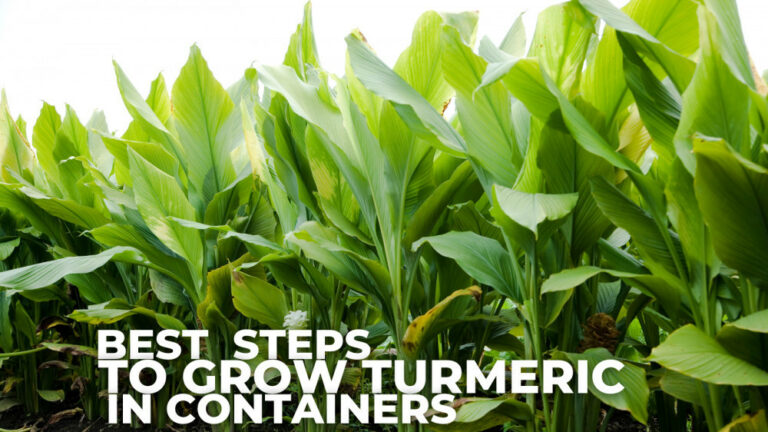Best Tips To Grow Slippery Elm In Containers
Best Tips To Grow Slippery Elm In Containers
Growing Slippery Elm (Ulmus rubra) in containers is an enriching endeavour for garden enthusiasts looking to add this valuable and versatile tree to their urban or limited-space gardens.
Known for its beautiful foliage, medicinal bark, and ability to attract wildlife, Slippery Elm can thrive in a container with the right care and conditions.
This approach allows gardeners to enjoy the benefits of the tree without the space requirements of traditional planting.
This blog will guide you through the essential steps and tips To grow Slippery Elm in containers.
From selecting the right container, soil mix, and location to understanding the watering, feeding, and pruning requirements, we'll cover everything you need to make your Slippery Elm flourish.
Whether you're a seasoned gardener or a beginner, these insights will help you create a thriving, healthy environment for your Slippery Elm, ensuring it grows strong and resilient, even in the confined space of a container.
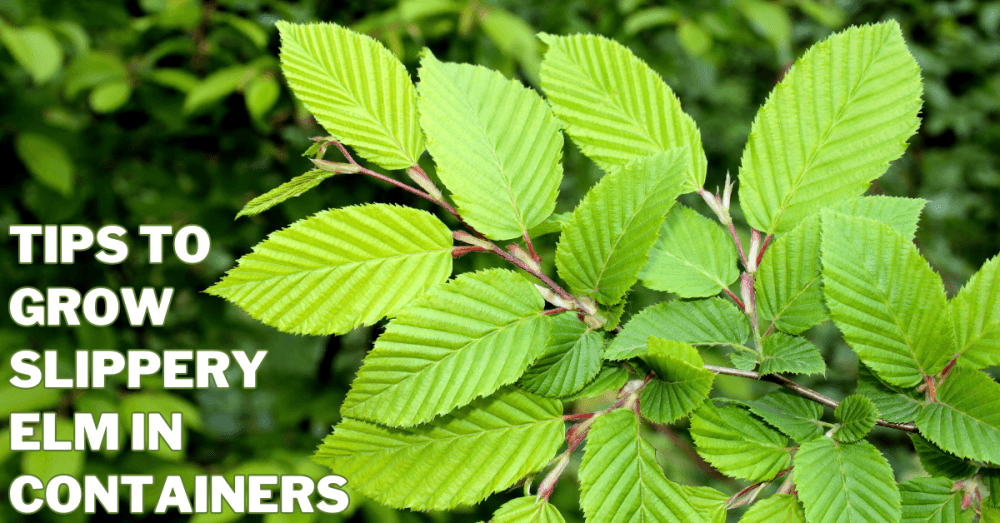
What Is Slippery Elm?
Slippery Elm (Ulmus rubra) is a deciduous tree native to the eastern regions of North America, particularly in the United States and Canada.
Renowned for its unique inner bark, the tree has been historically valued for its diverse applications, especially in traditional medicine.
When ground and mixed with water, the inner bark forms a gummy substance with soothing and demulcent properties.
This quality makes slippery elm a key ingredient in various herbal remedies, particularly those to alleviate throat irritation, coughs, and digestive issues.
The tree can reach heights of up to 70 feet and features distinctive serrated leaves with an asymmetrical base. Its reddish-brown bark, which peels away in strips, reveals the smooth, slippery inner layer that gives the tree its name.
Slippery elm thrives in various environments, from moist, lowland areas to upland forests. Its adaptability and resistance to harsh conditions make it a hardy species capable of withstanding drought and waterlogged soil.
Beyond its medicinal uses, slippery elm plays a role in ecosystem dynamics by providing habitat and sustenance for various wildlife.
Due to its versatile properties, slippery elm has also been found to be useful in manufacturing herbal supplements, tablets, and topical ointments.
While its medicinal use should be approached with care and consultation, slippery elm is a testament to North America's rich botanical diversity and the intertwining of nature's gifts with human well-being.
Health Benefits Of Slippery Elm
Slippery Elm (Ulmus rubra) is celebrated for its various health benefits, primarily derived from the tree's inner bark. Here are some notable advantages:
1. Slippery Elm Soothes Sore Throats And Coughs
Slippery elm is renowned for its mucilaginous nature, forming a gel-like substance when mixed with water. This quality makes it effective in coating and soothing the throat, relieving irritation and coughing.
2. Gastrointestinal Support
The mucilage in slippery elm is thought to soothe the digestive tract. It might lessen the symptoms of ailments like acid reflux, gastritis, and irritable bowel syndrome (IBS).
3. Supports Digestive Health
Slippery elm is believed to have mild laxative effects, promoting regular bowel movements and easing constipation. It can be especially helpful for people who are momentarily experiencing stomach discomfort.
4. Anti-Inflammatory Properties
The compounds found in slippery elm bark are believed to have anti-inflammatory effects. This can be advantageous for inflammation conditions like inflammatory bowel diseases like Crohn's disease or ulcerative colitis.
5. Wound Healing
The mucilage from slippery elm has been traditionally used topically to aid wound healing. Its soothing and protective properties may help with skin irritations, burns, or minor injuries.
6. Respiratory Health
Slipping elm may positively affect respiratory health beyond soothing the throat. It is sometimes used to address symptoms of respiratory conditions like asthma and bronchitis.
7. Nutrient Absorption
Slippery elm may assist in absorbing nutrients, promoting overall digestive wellness by supporting the assimilation of essential substances in the gastrointestinal tract.
Despite its lengthy history of traditional use, slippery elm should always be discussed with a healthcare provider before being added to a regimen, particularly if you are taking medication or have pre-existing medical conditions.
Introducing The Tips To Grow Slippery Elm In Containers
Growing slippery elm (Ulmus rubra) in containers can be rewarding. This versatile tree's beauty and potential health benefits can be enjoyed in a limited space.
Here are some tips to help you cultivate slippery elm in containers:
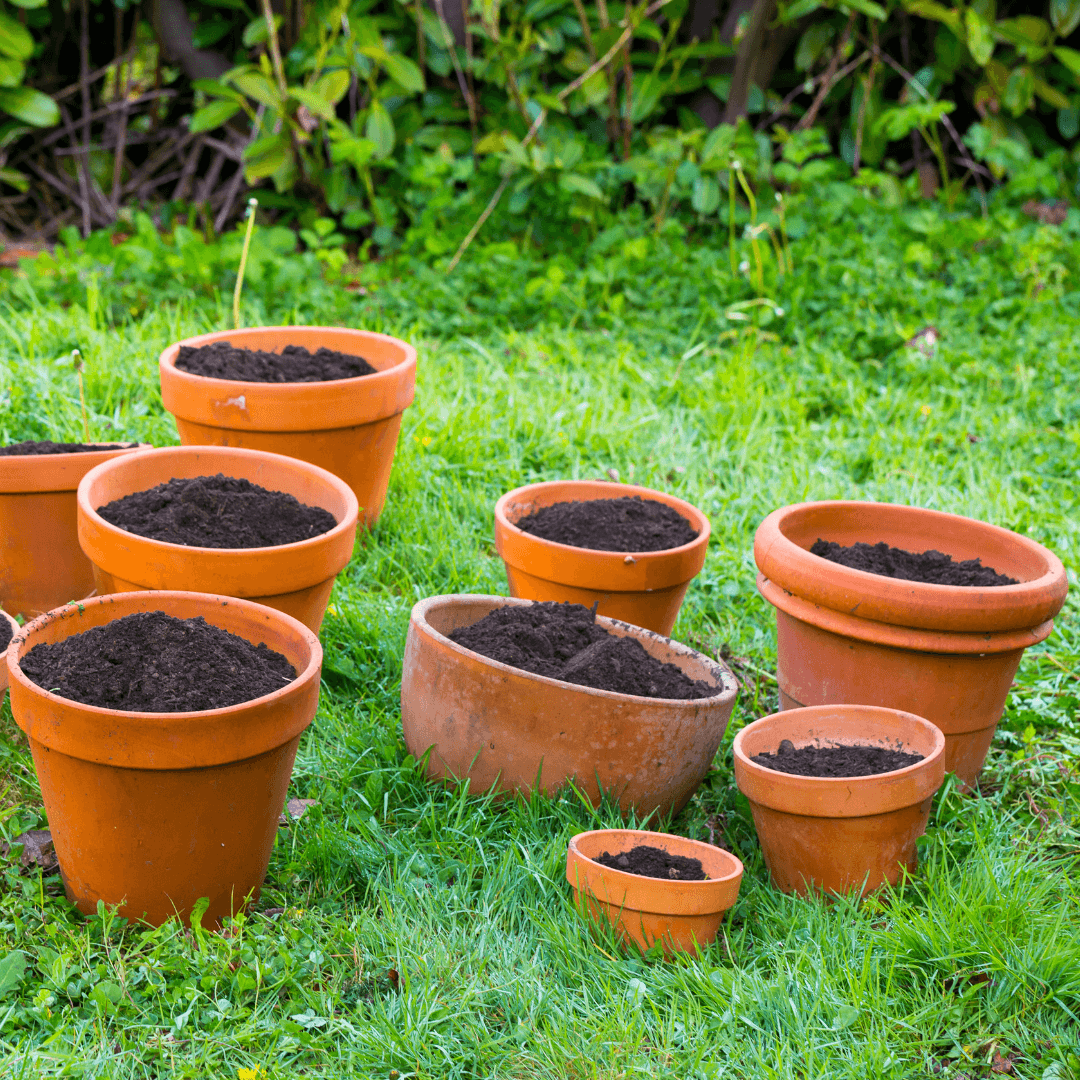
1. Choose The Right Container To Grow Slippery Elm
The choice of the container is paramount when cultivating slippery elm in confined spaces. Opting for a large and sturdy container serves multiple purposes in fostering the tree's health and development.
A sizeable container offers the roots expansive room to spread and explore, encouraging a robust and well-established root system.
This, in turn, enhances the tree's stability, anchoring it firmly as it matures and preventing the risk of toppling. Furthermore, the container's sturdiness is crucial for withstanding the weight of the growing tree and the surrounding soil, ensuring structural integrity over time.
Adequate support is especially vital as slippery elm can reach considerable heights. Equally important is the incorporation of sufficient drainage holes in the container. Ensuring proper drainage in the container is crucial when growing slippery elm in containers.
It prevents waterlogging and promotes optimal root health by facilitating efficient water drainage and soil oxygenation.
Proper drainage guards against root rot and encourages soil oxygenation, essential for maintaining a healthy root environment.
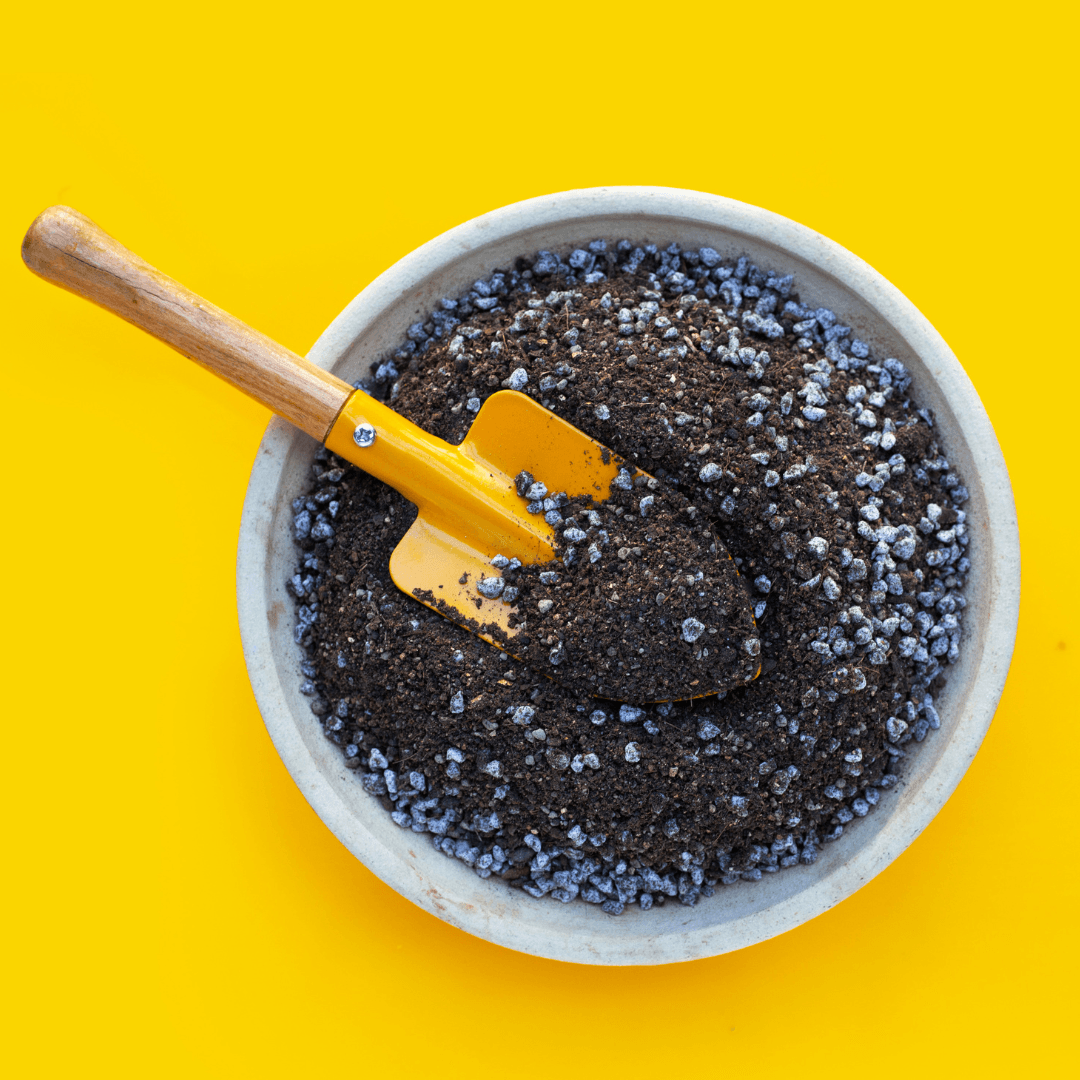
2. Quality Potting Mix To Grow Slippery Elm
Choosing the right potting mix is pivotal in cultivating slippery elm in containers, ensuring an environment conducive to healthy growth.
Opt for a well-draining potting mix to prevent water accumulation around the roots, minimizing the risk of root rot.
A mix specifically designed for woody plants or trees offers an ideal balance of aeration and moisture retention, catering to the unique needs of the slippery elm.
Look for a mix that includes organic matter, such as compost. Adding compost enhances the soil's fertility, providing a steady supply of essential nutrients for the slippery elm.
In addition to improving water retention, organic matter stimulates beneficial microbial activity in the soil, supporting a healthy root environment.
The quality potting mix is the foundation for the tree's well-being, supporting root development, nutrient uptake, and overall resilience.
By choosing a mix tailored to the preferences of woody plants and enriching it with organic matter, you create an optimal substrate that encourages the slippery elm to thrive in the confines of a container.
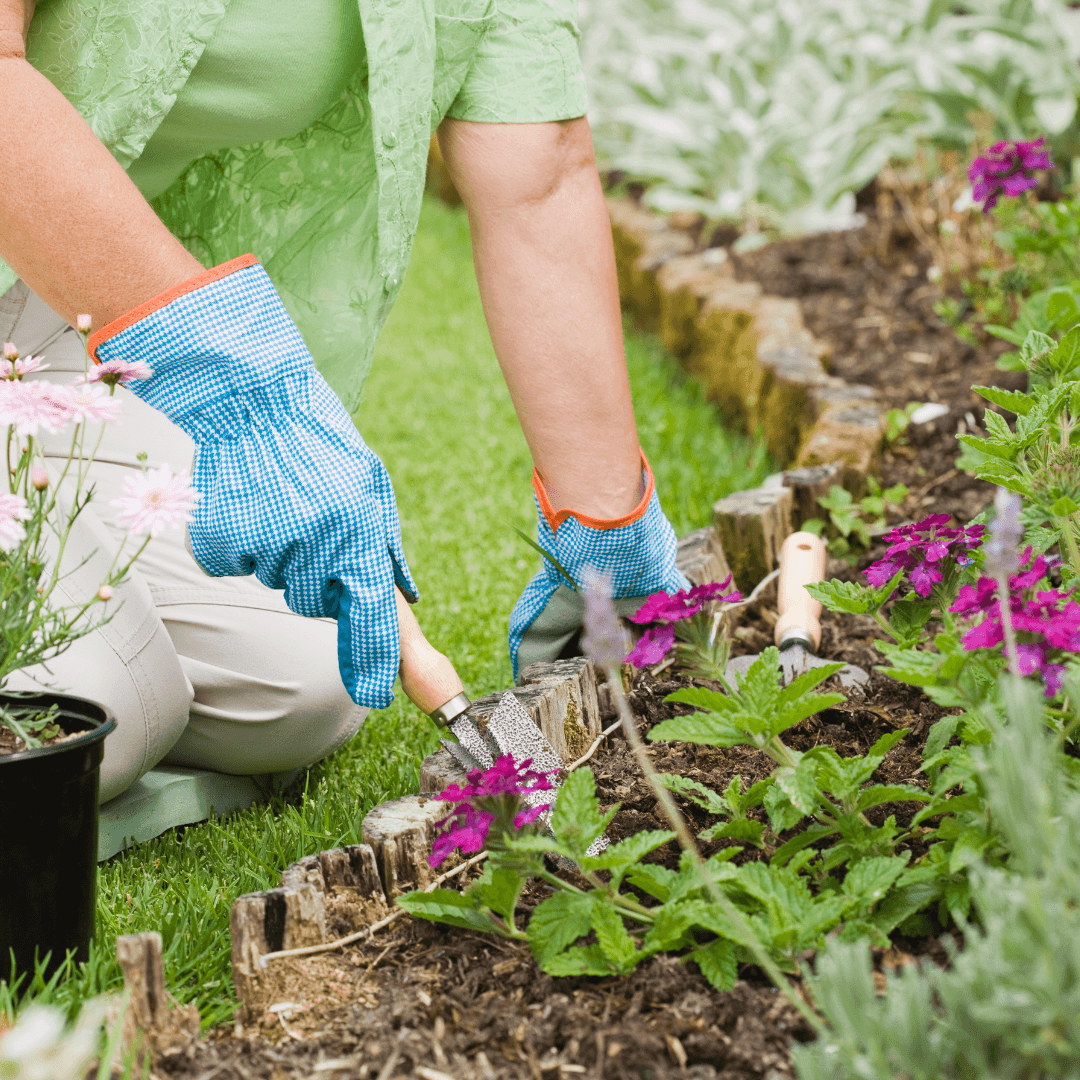
3. Ideal Location For Growing Slippery Elm In Containers
Selecting the ideal location is vital for growing slippery elm in containers. This ensures optimal sunlight exposure for vigorous photosynthesis and overall tree vitality, with the flexibility for partial shade if the full sun is impractical.
Aim to place the container in an area with ample sunlight, ideally full sun, for optimal photosynthesis and vigorous growth.
Slippery elm trees naturally thrive in sunny conditions, which promote robust foliage development, sturdy branching, and overall vitality.
However, if full sun exposure is not feasible, the tree can tolerate partial shade, especially during the hottest parts of the day.
When selecting a location, consider factors such as the direction of sunlight, surrounding structures or trees that may cast shade, and the microclimate of your outdoor space.
Ideally, choose a spot with at least 6-8 hours of direct sunlight daily, ensuring the tree receives sufficient light for healthy growth.
Additionally, ensure that the chosen location provides adequate space for the container to accommodate the tree's eventual size and shape.
Avoid placing the container in areas prone to strong winds or extreme temperature fluctuations, as these conditions can stress the tree and hinder its growth.
By carefully selecting a location that balances sunlight exposure and environmental factors, you create an optimal growing environment for your slippery elm container, promoting vigorous growth and overall well-being.
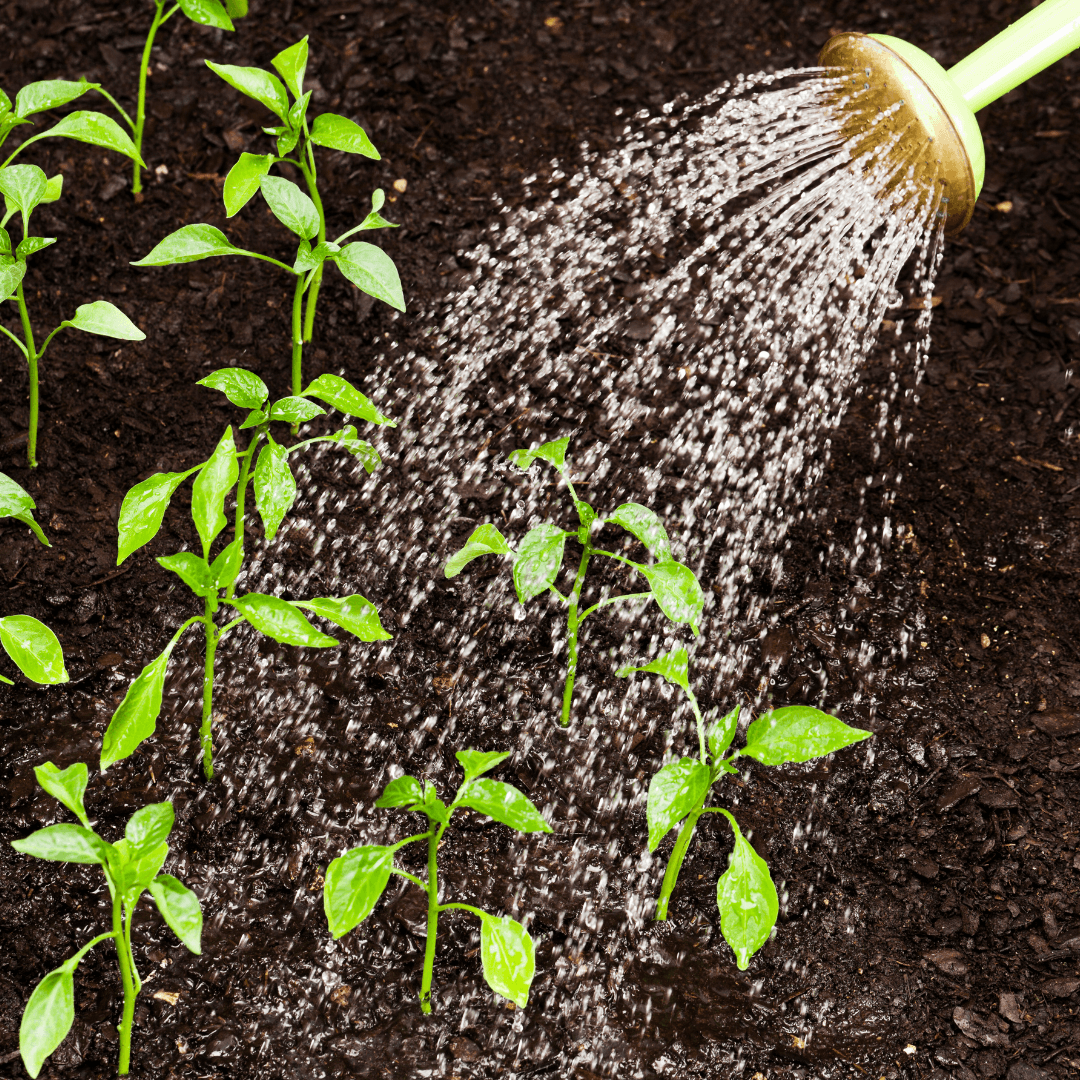
4. Watering Slippery Elm In Containers
Maintaining the right moisture balance through consistent watering is critical for growing slippery elm in containers. This ensures successful growth by preventing waterlogging and promoting even hydration of the entire root ball.
By watering when the top inch of soil feels dry, you can aim for consistent soil moisture. Slippery elm likes a constantly damp atmosphere, but too much moisture can cause fungal problems and root rot, so it's important to prevent waterlogging.
Assess the soil frequently and modify the watering frequency in response to temperature and humidity variations to ensure the proper moisture content is reached.
When watering, ensure that water penetrates the entire root ball, promoting even hydration. Using a saucer beneath the container serves multiple purposes. It catches excess water, preventing it from accumulating around the roots and causing waterlogged conditions.
This saucer also allows the tree to absorb any residual moisture, reducing the risk of nutrient leaching and ensuring a more consistent soil moisture level.
Utilizing a saucer beneath the container is instrumental for those looking to grow slippery elm in containers, as it not only catches excess water to prevent waterlogged conditions but also facilitates consistent soil moisture, promoting healthy root development and overall vitality through careful and attentive watering.
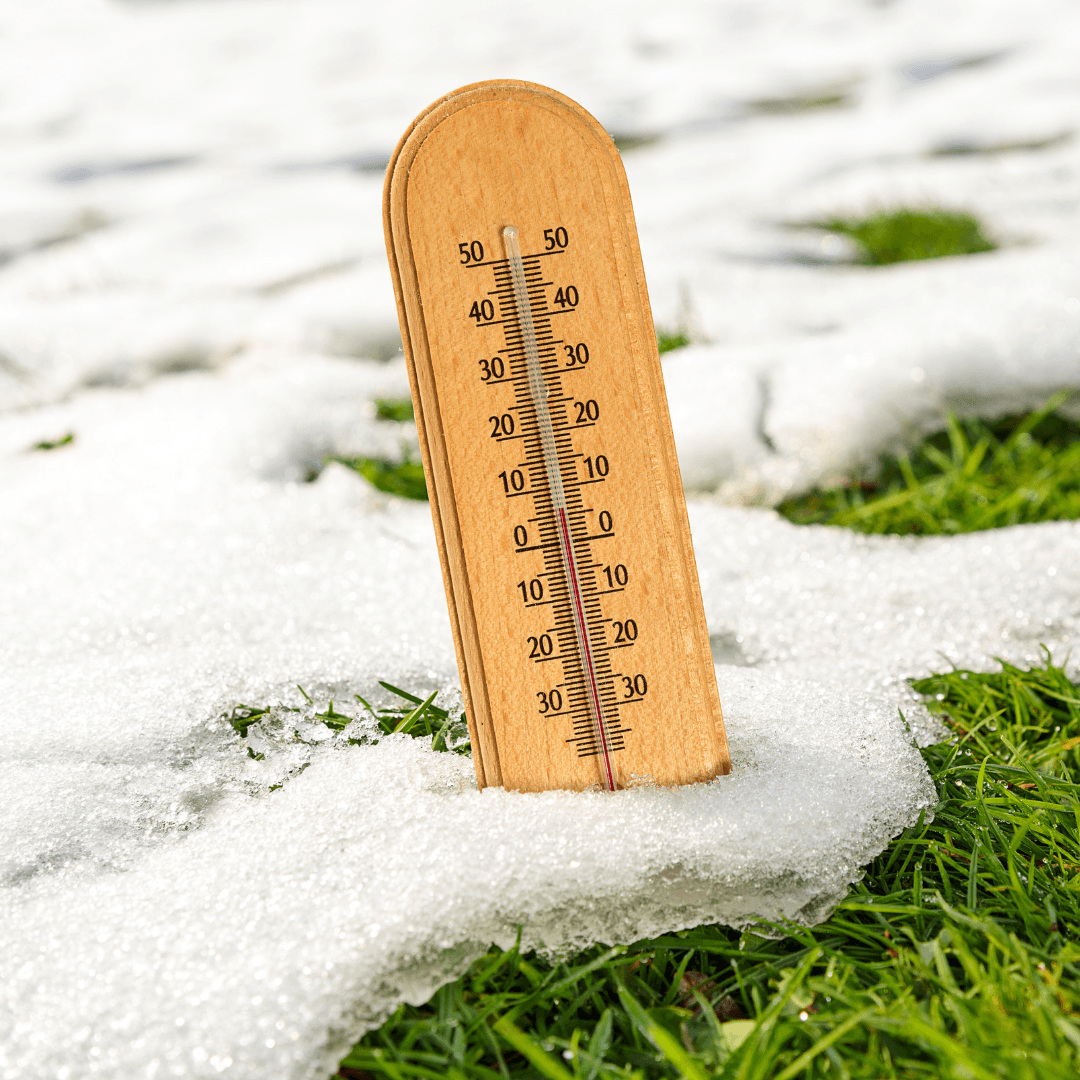
5. Temperature Considerations To Grow Slippery Elm In Containers
Managing temperature considerations is pivotal for those who grow slippery elm in containers, especially during hot summers.
Providing essential afternoon shade prevents stress and ensures the tree's health. High temperatures during hot summers can stress the tree and compromise its health if not adequately managed.
Providing afternoon shade is essential to protecting your container-grown slippery elm from severe heat. Position the container so the tree receives morning sunlight but is shaded by the intense afternoon sun.
This could involve placing the container near a building, under a pergola, or beneath the canopy of taller trees. Providing shade during the hottest part of the day helps reduce the risk of heat stress, sunburn, and excessive transpiration, which can lead to dehydration and wilting.
In addition to natural shading, you can use shade cloth or umbrellas to create artificial shade for the tree. These methods help moderate temperatures around the container, creating a more comfortable environment for the slippery elm to thrive.
By proactively providing afternoon shade during hot summers, you can help your container-grown slippery elm withstand extreme temperatures and maintain its health and vigour throughout the growing season.
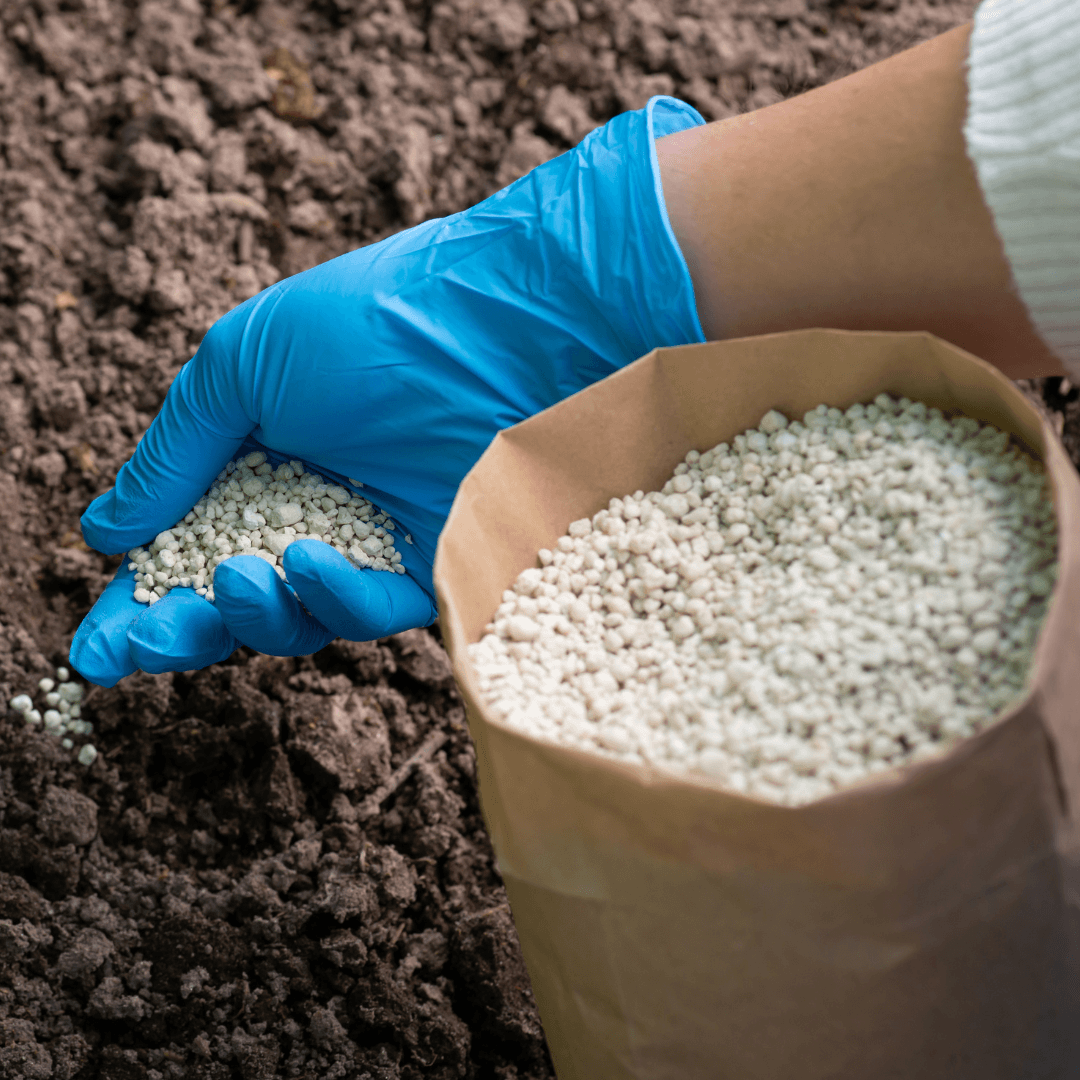
6. Fertilization To Grow Slippery Elm In Containers
Fertilization becomes crucial for those looking to grow slippery elm in containers. To ensure optimal nutrition and support overall tree health during the active growing season, a balanced, slow-release fertilizer specifically formulated for trees should be applied in early spring, typically as the tree begins its active growing season.
This timing allows the tree to access the nutrients it needs as it ramps up its metabolic processes and starts putting on new growth.
When selecting a fertilizer, opt for one with a balanced NPK (nitrogen, phosphorus, potassium) ratio to provide essential macronutrients in proportions that promote overall plant health.
Follow the manufacturer's instructions carefully regarding application rates and methods, as over-fertilizing can lead to nutrient imbalances, root burn, or other adverse effects.
Over time, fertilizers release nutrients gradually, giving the tree's roots a steady and reliable supply.
This encourages rapid growth and foliage development by preventing nutrient leaching and guaranteeing the tree a consistent supply of nutrition throughout the growing season.
When you fertilize the slippery elm carefully, paying attention to the timing and dosage, it receives the vital nutrients required to flourish in a container environment. This promotes robust root development, lush foliage, and general vitality.

7. Pruning Slippery Elm
Pruning emerges as a fundamental practice for maintaining the desired shape and size of container-grown slippery elm trees. It contributes to their overall health and aesthetics while ensuring they thrive within the container.
Regular pruning serves various purposes, contributing to the tree's overall health and aesthetics.
The main objective is to preserve the tree's intended size and form to fit neatly inside the container and enhance your yard or outdoor area. For the tree to remain healthy, diseased or dead branches must be removed.
Eliminating these compromised elements enhances the tree's appearance, prevents the spread of diseases, and redirects the plant's energy towards healthy growth.
Thinning out crowded growth is crucial for those aiming to grow slippery elm in containers. It promotes better air circulation, reduces the risk of fungal infections and pest infestations, and contributes to the tree's overall longevity and vigour within the container environment.
Increased airflow makes the tree more resilient by lowering the risk of fungal infections and pest infestations. It allows sunlight to penetrate the foliage more effectively, supporting photosynthesis and maintaining robust, well-distributed growth.
When pruning, use clean, sharp tools to make precise cuts and avoid removing more than a third of the tree's canopy at a time.
Consistent and thoughtful pruning contributes to the longevity and vigour of your container-grown slippery elm, ensuring it remains an appealing and healthy addition to your garden or outdoor space.
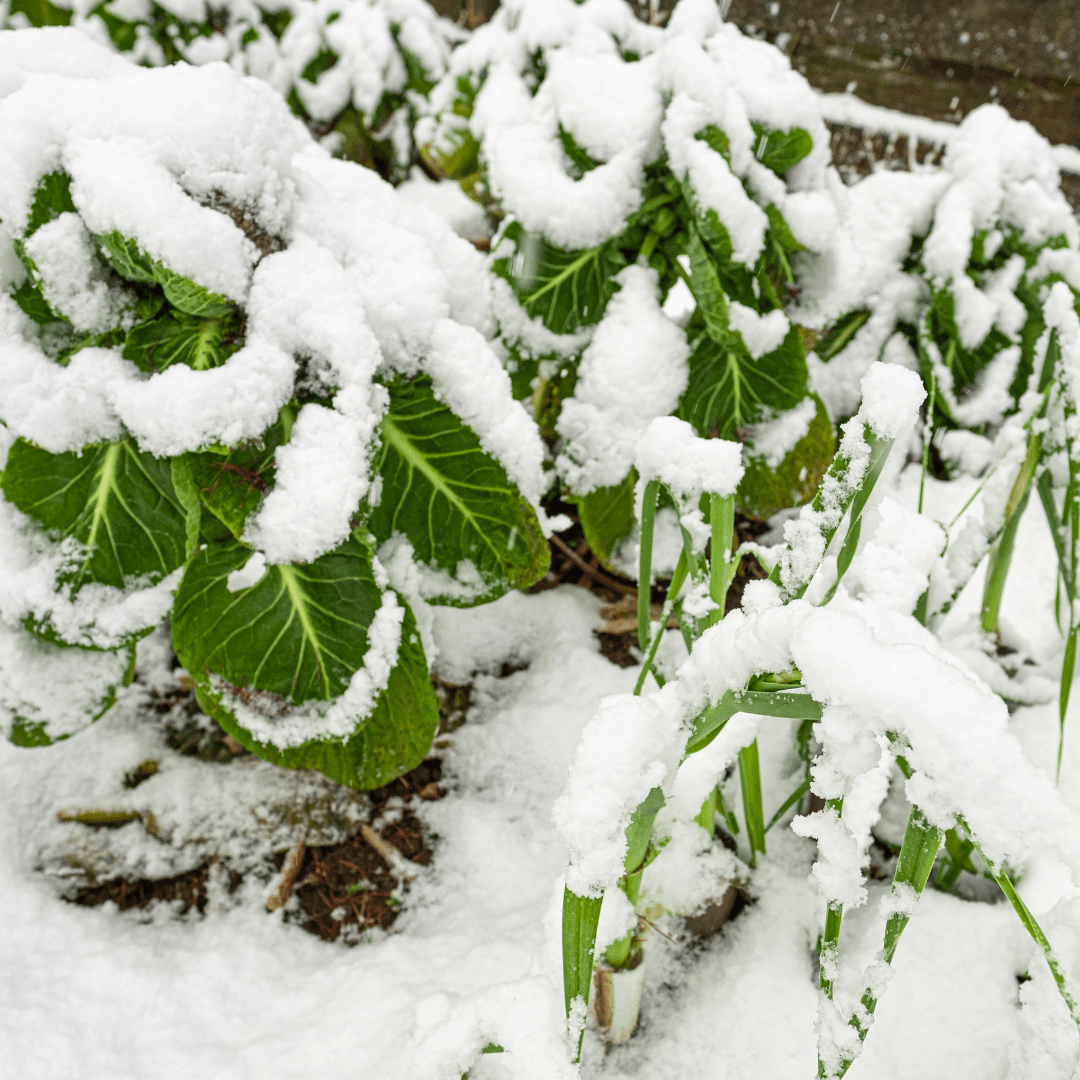
8. Winter Protection Of Slippery Elm In Containers
Taking practical steps to protect slippery elm in containers from extreme cold, such as moving to sheltered areas or building windbreaks with insulating materials to grow in containers, is imperative.
As winter sets in, the risk of frost damage and frozen roots increases, potentially compromising the tree's health. To mitigate these risks, consider implementing protective measures during the colder months.
This could involve relocating it to a garage, shed, or covered area that shields the tree from harsh winter winds and extreme cold.
If indoor storage isn't feasible, creating a windbreak with burlap or other insulating materials can provide additional protection. Insulating the pot is crucial to shield the roots from freezing temperatures.
Wrapping the container with bubble wrap, hessian, or frost blankets helps retain soil warmth and prevents rapid temperature fluctuations.
Additionally, placing a layer of mulch around the tree's base provides an extra barrier against the cold and helps maintain a more stable soil temperature.
By taking these winter protection measures, you ensure the resilience of your container-grown slippery elm, preventing potential damage to the roots and preserving the tree's overall health during challenging winter conditions.

9. Mulching Slippery Elm
Mulching around the base of your container-grown slippery elm is a beneficial practice.
It fosters health and vitality by applying a protective layer that helps retain soil moisture, crucial for successful growth in containers where moisture levels fluctuate rapidly.
Applying a layer of mulch, such as shredded bark, wood chips, or compost, is a protective barrier that helps retain soil moisture by reducing evaporation.
This is particularly important in containers, where soil moisture can fluctuate rapidly.
Additionally, mulch can naturally insulate soil, keeping it warmer during the winter and colder during the hotter months.
This makes the tree's root system more stable and hospitable, encouraging steady growth and reducing stress.
Mulching also helps suppress weed growth around the tree's base, enhance the container's overall appearance, and reduce competition for water and nutrients.
By keeping weeds at bay, mulch allows the slippery elm to allocate more energy toward growth and development rather than fighting off unwanted vegetation.
Additionally, as the mulch breaks down over time, it contributes organic matter to the soil, enriching its fertility and improving its structure.
This supports the tree's long-term health and enhances its resilience to environmental stresses.
Overall, mulching is a simple yet effective practice that offers multiple benefits for container-grown slippery elm trees.
It promotes optimal growth, moisture retention, temperature regulation, weed suppression, and soil fertility.
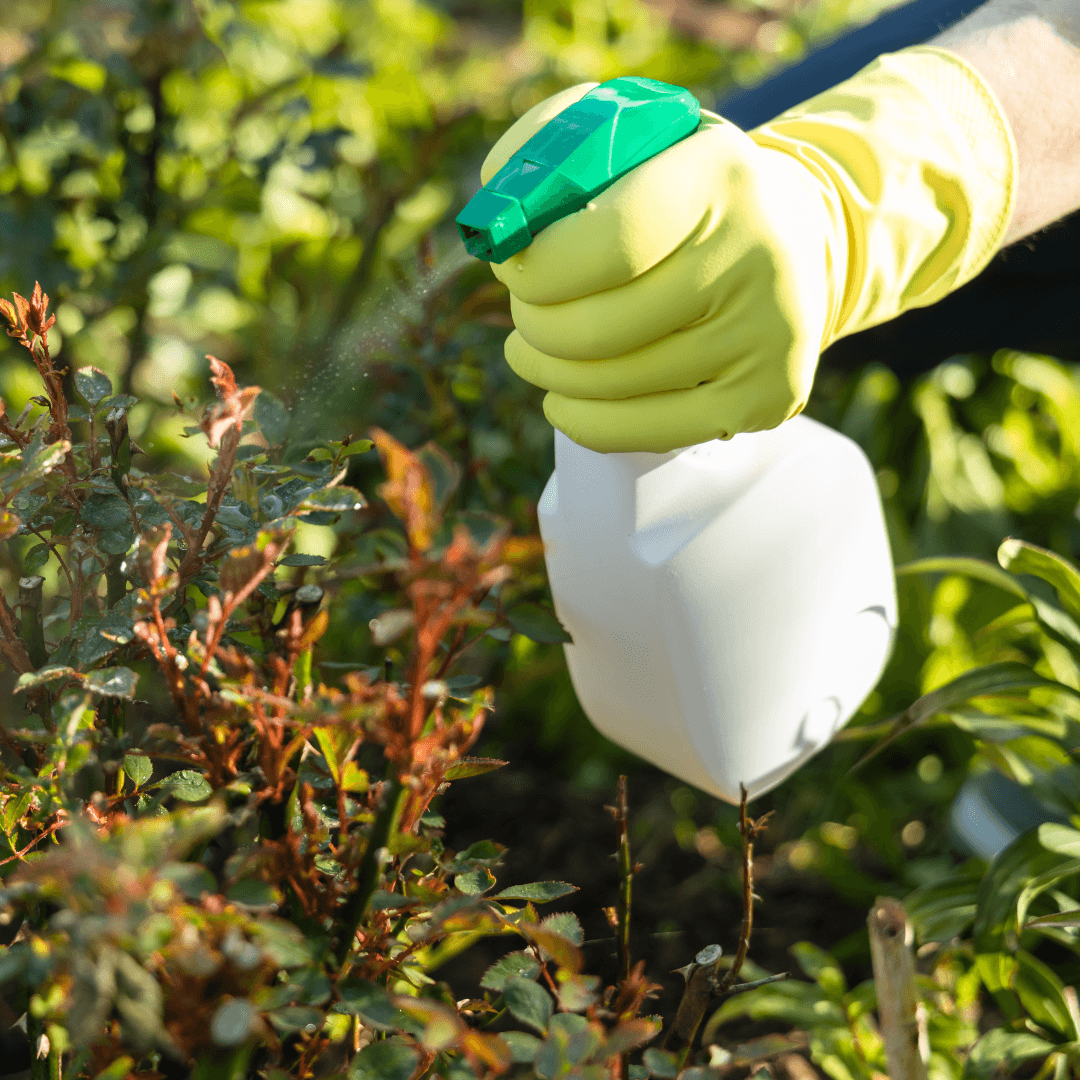
10. Monitor For Pests & Diseases Of Slippery Elm Trees
Vigilant monitoring for pests and diseases is crucial for those looking to grow slippery elm in containers.
Regular inspections enable early identification of potential issues and prompt intervention to prevent widespread damage, ensuring the tree's overall health.
Aphids and spider mites are common pests that can harm the leaves of slippery elm trees. While spider mites puncture plant cells, aphids feed on sap, resulting in weaker and stressed foliage.
Check the tree's general health and the undersides of its leaves frequently for indications of infestation, such as discoloration, stippling, or webbing.
If pests are found, immediate treatment is necessary. Aphids and spider mites can be managed naturally without harming beneficial insects, using products like neem oil or insecticidal soaps.
As an alternative, introduce predatory insects—like ladybugs, which naturally eat aphids. Regularly inspect the tree for signs of diseases such as powdery mildew or leaf spot.
If detected, promptly treat with appropriate fungicides or, in the case of powdery mildew, improve air circulation around the tree by pruning to reduce humidity.
By staying vigilant and promptly addressing pest and disease issues, you can safeguard the health of your slippery elm, ensuring it thrives in your container garden and remains resilient to potential threats.
Regular inspections form a proactive approach to maintaining a thriving and disease-resistant tree.
Conclusion
In container gardening, the artistry of nurturing a thriving slippery elm in confined spaces is evident. This showcases that success in growing slippery elm in containers is sculpted through mindful decisions and attentive care, transforming your container garden into a sanctuary of resilience, balance, and the elegance of nature.
As we conclude our journey into cultivating this remarkable tree in confined spaces, the overarching theme is clear: success is sculpted through mindful decisions and attentive care.
In the confined space of a container, the slippery elm not only survives but thrives, becoming a testament to the artful harmony between human cultivation and the untamed beauty of the natural world, as your container garden transforms into a sanctuary with these tips for growing slippery elm in containers.
With these tips, your container garden transforms into a refuge where resilience, balance, and the elegance of nature converge.
As you embark on this journey, may the container-grown slippery elm stand not just as a tree but as a testament to the artful harmony between human cultivation and the untamed beauty of the natural world.
I trust you enjoyed this article on the Best Tips To Grow Slippery Elm In Containers. Please stay tuned for more blog posts soon. Take care!
JeannetteZ
>>>Please click here to read my all-inclusive article about Container Gardening<<<
>>>Are you interested in homegrown herbs and medicine? Please click here to find out more about it!<<<
Your Opinion Is Important To Me
Do you have thoughts, ideas, or questions? I would love to hear from you. Please leave me your questions, experiences, and remarks about this Best Tips To Grow Slippery Elm In Containers article in the comments section below. You can also reach me by email at Jeannette@Close-To-Nature.org.
Disclosure
This post may contain affiliate links. As an Amazon Associate and other affiliate programs, I earn from qualifying purchases at no extra cost to you. Please read my full affiliate disclosure.
You might also enjoy these blog posts:
Best 10 Tips For Managing Stress
Interesting Facts About Turkeys
Best Natural Fertilizers For Flowers


